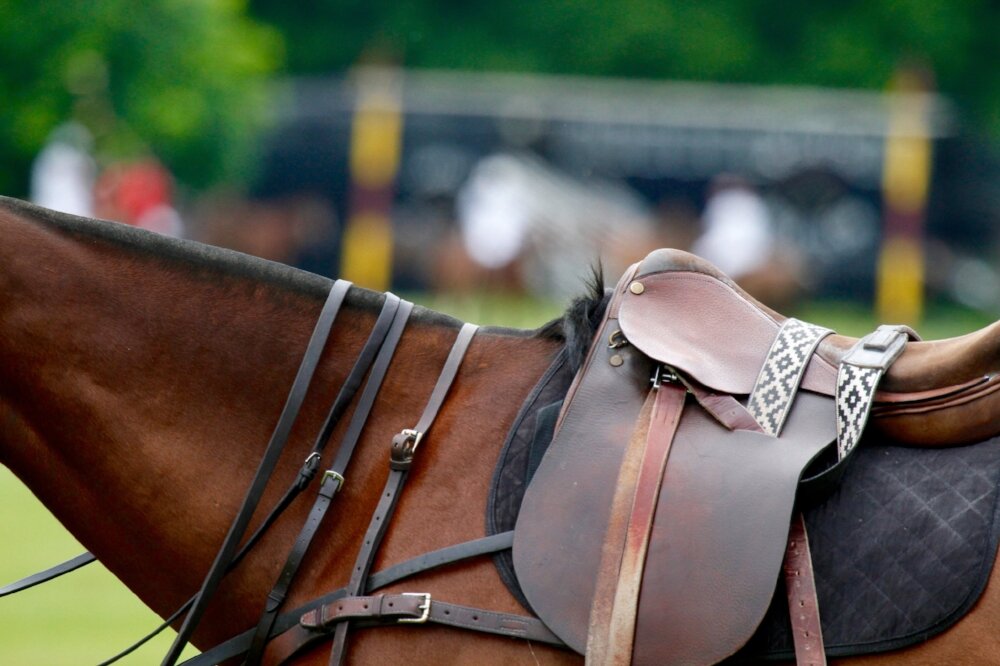
“After seeing kids play polo against the big guys, it only shows that horses are the great equalizer in the world. No matter what you weigh, the little fellow is your equal on a horse.”
Any horse that is 58 inches (14.2 "hands") or less is considered a pony regardless of its breeding. The term “polo pony” dates back to the early years of polo in the United States, when height restrictions were mandated. Unlike any other sport, the horse defines the game and plays a substantial role in a player’s proficiency. In fact, by definition alone, a polo pony, “a horse trained for use as a mount in playing polo and characterized primarily by endurance, athleticism, speed, courage, and docility,” is often considered the single greatest determinant of match outcome.
The equipment a polo pony requires is different than that used in other equestrian sports. Two sets of reins are required while playing, the polo saddle is it's own style, and most use a second girth, or cinch, that goes over the saddle for extra safety. Manes are shaved and the ponies’ tails are braided to prevent the hazard of becoming entangled with players’ mallets or reins. A polo pony will not be successful without a competent groom. As the unsung heroes of the game, the grooms take care of all the day-to-day responsibilities behind the scenes.
Although there is crossover in the breeds used to play and they can be of any size, the best polo ponies are of the thoroughbred blood whose main qualities are heart, speed, wind, stamina, with the ability to accelerate, stop, and turn quickly; and whose temperament is amenable to the rigors of the game. Many polo players describe their best mounts as having big hearts, an aggressive confidence, and a feel for the game. Learn more about the safety and equipment for the horses here.


